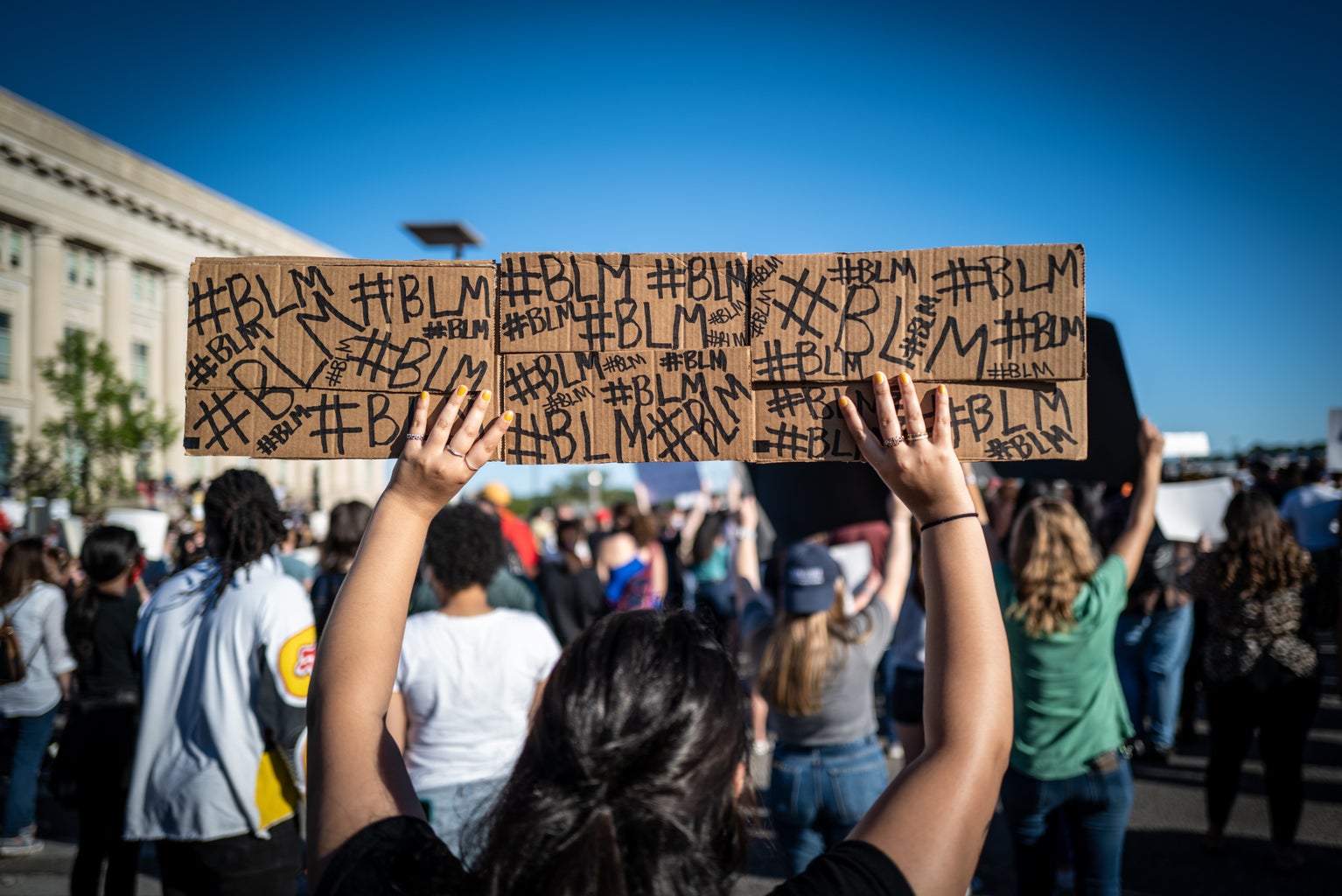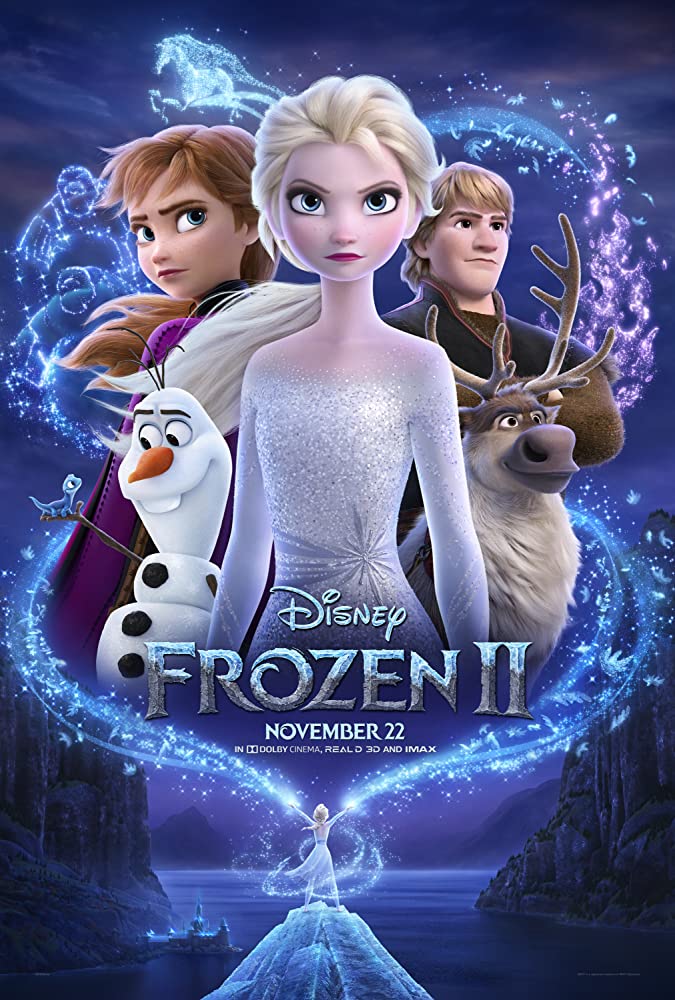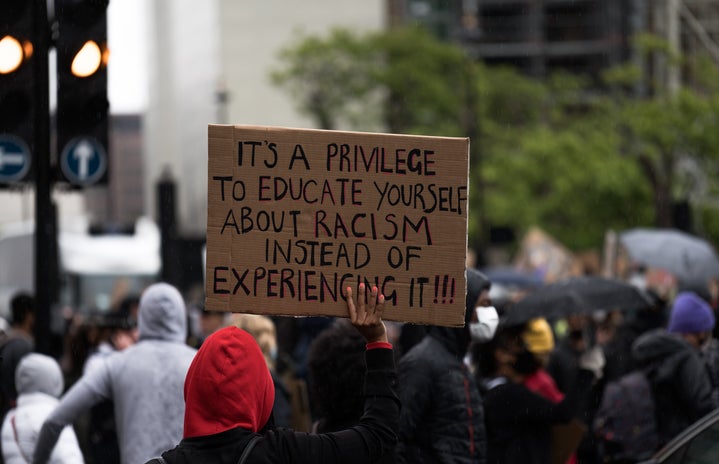Robin DiAngelo’s “White Fragility” introduced to me a concept that I was not entirely familiar with, the basis of why many white people struggle with confronting racism and how political and social institutions have internalized the concept of white fragility. Some of the most insightful points I grasped from her book are included but not limited to the following:
While the audience that DiAngelo seeks is most certainly a population of people who are overtly racist, discussing the issues regarding white fragility extends to white progressives as well.
No matter how open-minded, socially conscious or anti-racist many of us feel we are, there is a social responsibility we all have to examine our implicit bias and racist undertones.

DiAngelo introduces the topic by discussing how it is important to consider that white people are often only required to discuss race in a cultural competency course for their workplace- already there is a lack of assuming responsibility to educate themselves.
It’s important to remember that for white people, they can live a long life where they are completely sheltered from race-based stress, therefore never recognizing the disproportionate disparities between white and BIPOC lives that continue to persist. “This insulated environment of racial privilege lowers white people from handling the ability to tolerate racial stress” (DiAngelo, 2018, p.54).
DiAngelo delivers her message by incorporating the factors that inculcate white fragility. An important point that stood out to me was the factor of segregation and that consequently “White people are taught not to feel any loss over the absence of people of color in their lives” (DiAngelo, 2018, p.58). Immediately when I read this line, I recognized how this mentality was ingrained within my life.
I was always told that I grew up in a “good neighborhood “or went to a “good school” which both happened to also have little to no diversity. For many people they understand that “good” is code for “white”.

However we are never taught, why is that? How have social and political institutions prohibited BIPOC groups from going to “good” schools or living in “good” neighborhoods. These advantages that white people have are by no means coincidental and are highly calculated.
Discussions about the real quantifiable harm being done to BIPOC especially black people are often diluted to protect white people from feeling this discomfort. This phenomenon is exactly what DiAngelo has coined to be white fragility.
DiAngelo recognizes this in the way that cultural competency courses will utilize terms such as “urban”, “inner city”, and “disadvantaged” rather than “white”, “over advantaged” or “privileged” (DiAngelo, 2018, p.54).
This tendency to protect the feelings of white people at the expense of indirectly addressing an issue that costs the lives of millions of BIPOC in our country is how we covertly reaffirm white supremacy and white fragility.
DiAngelo supplemented her argument by evaluating the interchangeability of universalism and individualism and how it instills white fragility. Universalism functions to see everyone as all the same, via a non-race conscious lens, which inherently hides white privilege.
This discourse teaches white people that their experiences and perspectives are representative of everyone in society. This is perpetuated by predominantly broadcasting white people as the main characters in television, in authority figures, and narrating their beauty standards as objective.

Consequently, this dominance in the media breeds white people to develop racial arrogance and racial belonging that desensitizes them from having race-based discourse.
I find that this sense of racial arrogance is especially relevant when white characters are re-casted in film remakes by non-white actors. I couldn’t help but connect this to the outrage following the casting of a young Black actress in the role of Ariel from Disney’s Little Mermaid.

As a race that reaps the benefits of a racist system, it is imperative that white people sacrifice convenience and brevity for the sake of doing deeply meaningful work for BIPOC.

Because directly discussing white privilege and white power without hesitation will eradicate white fragility and bring us closer to creating an anti-racist society.


